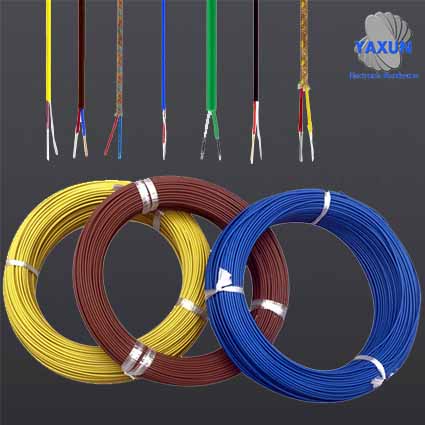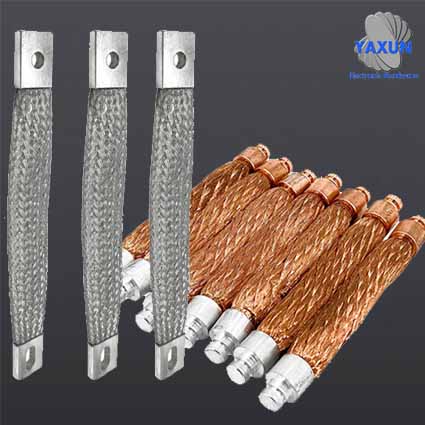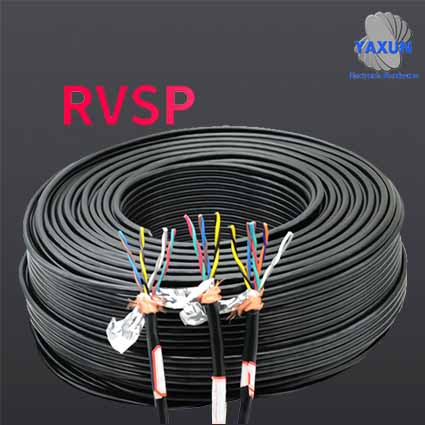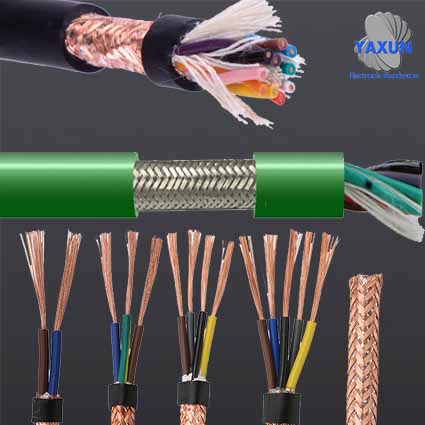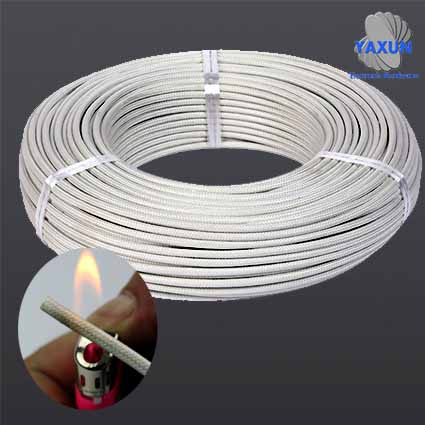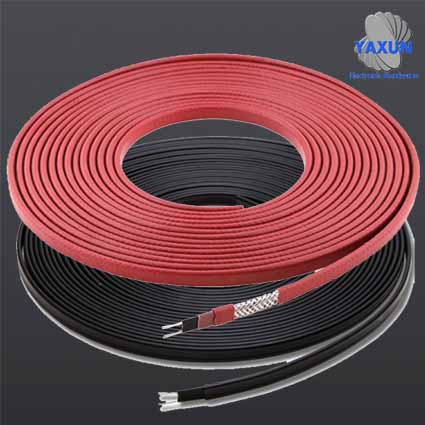Cost calculation and purchase of wires and cables
- PRODUCT DETAIL
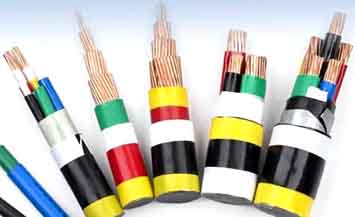
YJV cost price calculation formula
The cost price formula of YJV copper core power cable series is as follows:
Copper weight × copper price calculation:
Wire diameter÷2=1.25 ×1.25 × 3.14
= Square number X number of wires × 0.89 × copper price at that time + 10% processing fee.
Calculation formula of the cost price of rubber sheathed cable
Square X1.83 = copper weight × current copper price + rubber price (weight × 0.4 yuan/kg) = cost price + 10% processing fee
Cable price = manufacturing material cost + fixed expenses + tax + business expenses + profit
Manufacturing material cost = material cost × (1 + material consumption) (material cost is the value calculated theoretically)
Fixed costs vary according to the situation of each company, generally including production wages, management wages, utilities, repairs, depreciation, rent, and transportation.
Key points for purchasing wires and cables
As the main carrier of power transmission, wires and cables are widely used in electrical equipment, lighting circuits, household appliances, etc. Its quality directly affects the quality of the project and the safety of consumers' lives and properties. There are many types of wires in the market, and you must use the appropriate wires according to your own electricity load.
Some of the wires sold in the market are cheaper and some are more expensive, and some people tend to be cheaper first. However, cheap wires often have a lot of performance that does not meet the performance described by him, which may bring many safety hazards to themselves. The production technology content of the wire is not too high, and the raw materials are not too different. If it is too cheap, either it is cutting corners or the quantity is not enough. So how to identify it? Let me tell you a few easier ways to identify it:
1. Look at the outer packaging. National standard wires are usually better packed, neat, and have a sense of quality when you hold them in your hand.
2. Open the package and take a look at the wires inside. The national standard wire 1.5-6 square wire requires a skin thickness (insulation thickness) of 0.7mm. If the outer skin is too thick, it is non-standard, and the corresponding inner core size is definitely not standard enough. You can pull hard on the outer skin of the thread, the ones that are not easy to tear are generally the national standard
3. Burn it with fire, the ones that are extinguished within 5s after leaving, and those with certain flame-retardant function are national standard lines.
4. Looking at the inner core, the higher the brightness of the inner core material (copper), the better the copper, and the brightness is uniform, shiny and without layering. The national standard requires oxygen-free copper to be used for the inner core. Non-standard copper, such as black rod copper, may have potential accidents.
5. The size of the wire core has certain national requirements, but it is not very strict. But it will not be much different, it is just a small tolerance, a standard error that is generally invisible to the eye.
6. The country stipulates that there must be a certain mark on the wire, and the next same mark will be printed if the maximum is not more than 500mm. Generally, there are product trademarks, manufacturer names, implementation standards, etc.

